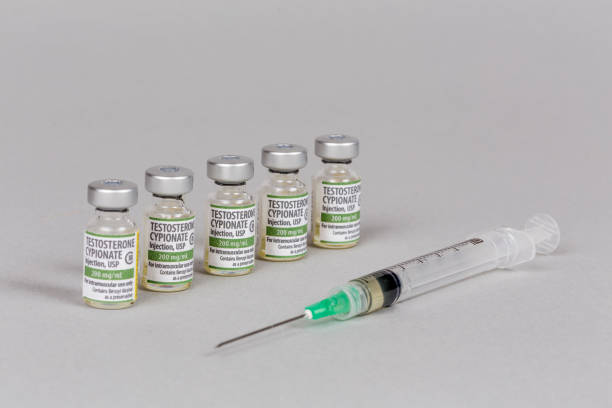
Testosterone Replacement Therapy (TRT) has gained significant attention in recent years as a treatment option for individuals with low levels of testosterone. But what about the costs? If you’re curious about the financial aspect of starting TRT, this article is your roadmap to understanding the monthly expenses involved in this therapy.
The ABCs of TRT
Testosterone is a hormone that plays a crucial role in various bodily functions, such as the development of male reproductive tissues and the maintenance of muscle mass, bone density, and red blood cell levels. When a person has lower than normal levels of testosterone, a condition known as hypogonadism, they may experience a range of symptoms from decreased libido and erectile dysfunction to fatigue and depression. TRT aims to boost testosterone to normal levels and alleviate these symptoms.
Understanding the Cost
TRT is available in different forms and can be administered in various ways—topical gels, patches, injections, pellets placed under the skin, and oral buccal systems. The method of delivery can affect the cost, as can the frequency of administration and the brand of medication.
One-Time Costs
The initial consultation with a healthcare provider is the first in a series of one-time costs associated with TRT. During this visit, you’ll discuss your medical history and undergo testing to confirm low testosterone levels. Before starting the treatment, it’s not uncommon to have a physical exam, blood work, and possibly a prostate exam. These visits can range from a few hundred to over a thousand dollars, depending on your insurance coverage and location.
Continuous Costs
Once the decision to proceed with TRT is made, the continuous monthly costs come into play. This includes the actual testosterone medication and any necessary supplies, such as needles for injections or alcohol pads for swabbing the injection site. The monthly cost of testosterone itself varies widely. The least expensive option is often injections, with some generics available for less than $20 for a month’s supply, but brand names and other delivery methods can cost several hundred dollars a month.
Affordability of TRT
For many, the affordability of TRT is a significant concern. Without insurance coverage, the cost could be prohibitive. However, many insurance plans—including Medicare—now cover at least some aspects of TRT. With insurance, out-of-pocket costs for the monthly treatment can be substantially lower, sometimes as little as a standard prescription co-pay.
Seeking Financial Assistance
If you find that out-of-pocket costs are too high, there are options to consider. Some pharmaceutical companies offer assistance programs for people who cannot afford their medications. Your healthcare provider can offer information on these programs. Additionally, you may be able to get compounded medications at a lower cost. Compounded medications are customized for the individual, often at a more affordable price than name-brand products.
Lifestyle Changes
Some lifestyle changes can help to mitigate the financial impact of TRT. For example, ensuring regular, good sleep, which can improve testosterone levels naturally, and maintaining a healthy weight and diet can complement the treatment and reduce the amount of medication needed.
Putting It Into Perspective
While the monthly cost of TRT can be significant, many individuals feel the benefits outweigh the expenses. Compared to the potential impacts on quality of life, career, and relationships, the cost of TRT may appear more manageable. Before starting any new medical treatment, it’s important to weigh the physical, emotional, and financial aspects. Be sure to consult with a qualified healthcare provider to make the most informed decision for your unique situation.



